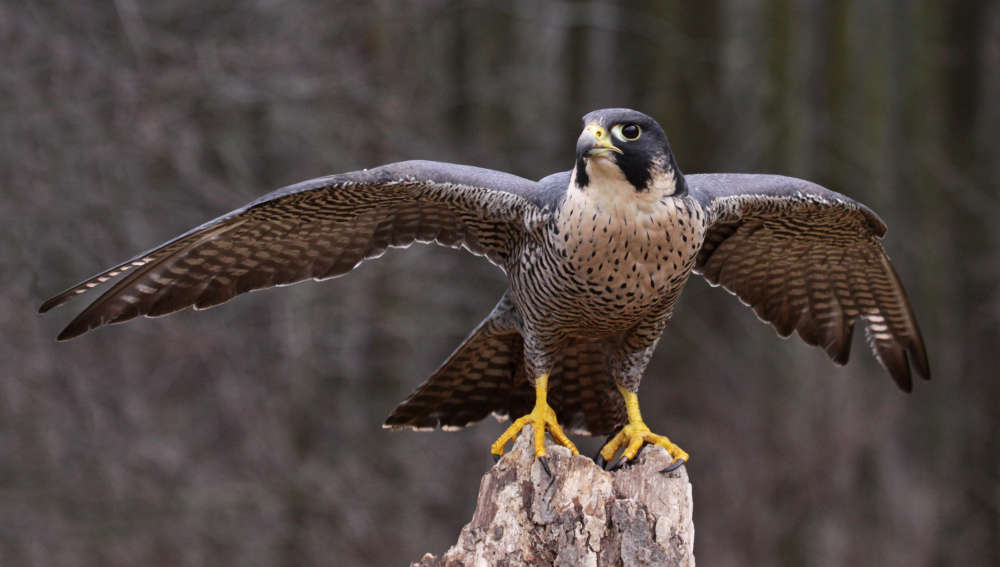
Peregrine Falcons are once again flourishing in the wild on the Isle of Wight.
It's anticipated that at least three pairs have returned to the Island's countryside.
The birds, which have a wingspan of between 74cm to 120cm, were once a prominent site in the Isle of Wight's skyline.
However, a number of factors contributed to them effectively disappearing in the 1950s and 1960s.
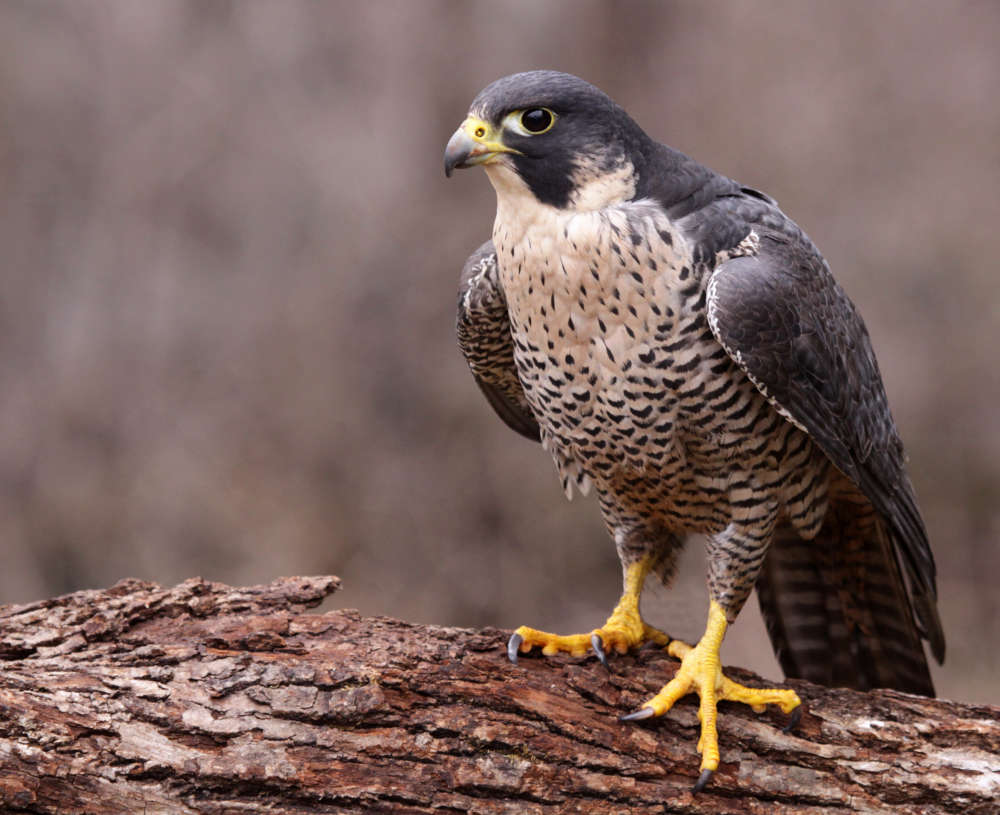
Peregrine Falcon
During the Second World War, the Government ordered Peregrines to be killed. With their main diet consisting of pigeons, UK officials feared the falcons would intercept birds carrying top secret messages.
The risks to the Peregrine population didn't stop there.
"It's a bird that throughout the 1900s really suffered. People stole their eggs from nests, particularly when they were nesting on cliffs, said Keith Betton, Chairman of the Hampshire Ornithological Society.
"After the war, they were killed by pesticides that were very powerful and were introduced to improve farming. So they've had a really bad time".
By the 1980s, Peregrines had completely disappeared from the south of England and weren't to be seen again until the 1990s.
Fast forward to 2021 and there are signs the birds are now beginning to thrive once more. Keith said:
"They returned to Hampshire in the 1990s and have grown now to about 20 pairs, and they have also returned to the Isle of Wight. It's a fantastic story.
"It's good to see a bird increasing, rather than decreasing in numbers".
Peregrines typically live on cliffs, but Keith says they've now adapted to modern society and can be found on high rise buildings, including the chimney at Fawley Power Station.
A number of sightings have been made at undisclosed locations on the Isle of Wight, and as Keith says, the birds won't be difficult to spot.
"When they start nesting they're really quite noisy. They call a lot and when they have nested they spend a lot of time training their young to catch food so they train them in the air.
"I suppose it's a bit like if you were near where the Red Arrows were based, you'd see them practicing. Well it's exactly the same with Peregrines and it's highly visible and great to watch."
After suffering at the hands of humans for many years, the predator is now benefiting from protection.
Law dictates anyone disturbing the birds without a specific licence can be prosecuted.
News of the Peregrine Falcons returning follows the reintroduction of White-Tailed Eagles to the Isle of Wight in 2019.
Last month, a dozen more sea eagles were released on the Island, as Isle of Wight previously reported.
Keith anticipates other species of birds will come to the Island as climate change takes effect. He said:
"The general trend we're seeing in the UK is, as our climate is now slightly warmer than it was 25 years ago, birds that 25 years ago would never have come here, are now moving in.
"It's a matter of change. Distributions do change over time."

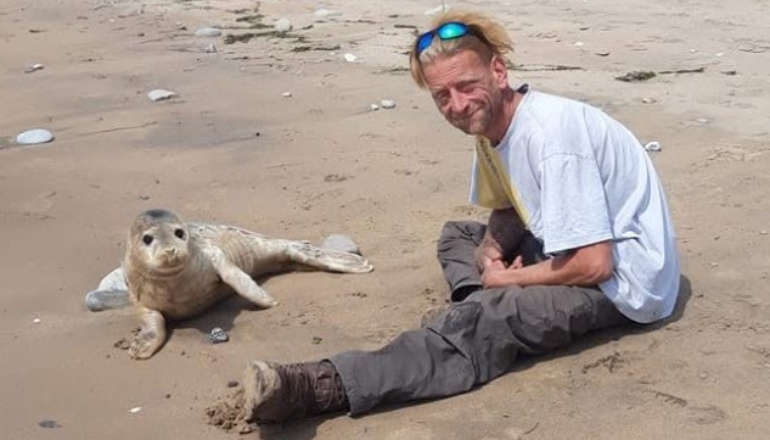 Family Pays Touching Tribute To Sandown Man Killed In New Year's Eve Collision
Family Pays Touching Tribute To Sandown Man Killed In New Year's Eve Collision
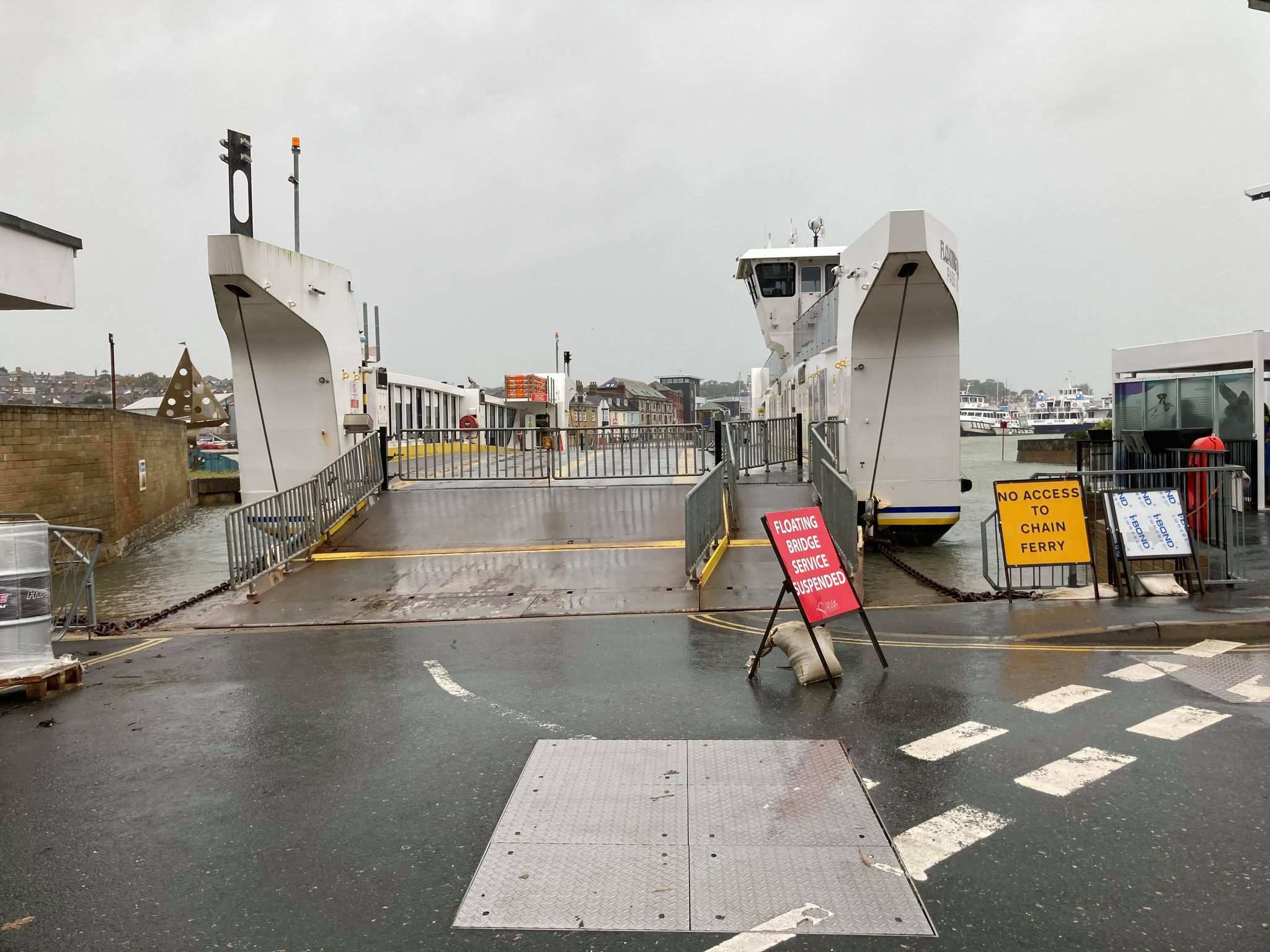 Floating Bridge To Remain Out Of Service Until Later This Week Due To 'Faulty Battery'
Floating Bridge To Remain Out Of Service Until Later This Week Due To 'Faulty Battery'
 New Date Announced For Rescheduled Sandown Fireworks
New Date Announced For Rescheduled Sandown Fireworks
 Council Chairman Honours Student's Artistic Achievement At St Thomas Of Canterbury Primary School
Council Chairman Honours Student's Artistic Achievement At St Thomas Of Canterbury Primary School
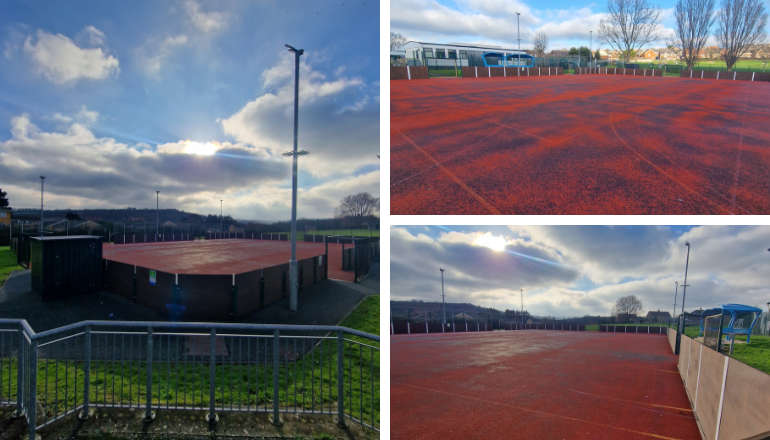 Pan Muga Set To Reopen For Newport Community
Pan Muga Set To Reopen For Newport Community
 Squally Showers Today, Showery Rain Tomorrow - Strong Winds Throughout
Squally Showers Today, Showery Rain Tomorrow - Strong Winds Throughout
 Progress Made On New GP Surgery Plans To Support Island Residents
Progress Made On New GP Surgery Plans To Support Island Residents
 Heritage Action Zone Funding Sees New Town Maps Installed Around Newport
Heritage Action Zone Funding Sees New Town Maps Installed Around Newport
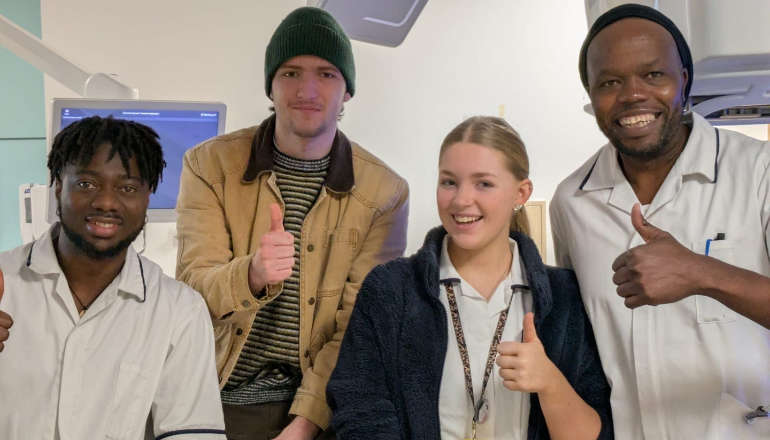 Isle Of Wight Schools Unite For Mufti Day To Support Local Teen Arlo
Isle Of Wight Schools Unite For Mufti Day To Support Local Teen Arlo
 Round The Island Race Entries Open
Round The Island Race Entries Open
 Investigation Underway After Sandown Pharmacy Break-In
Investigation Underway After Sandown Pharmacy Break-In
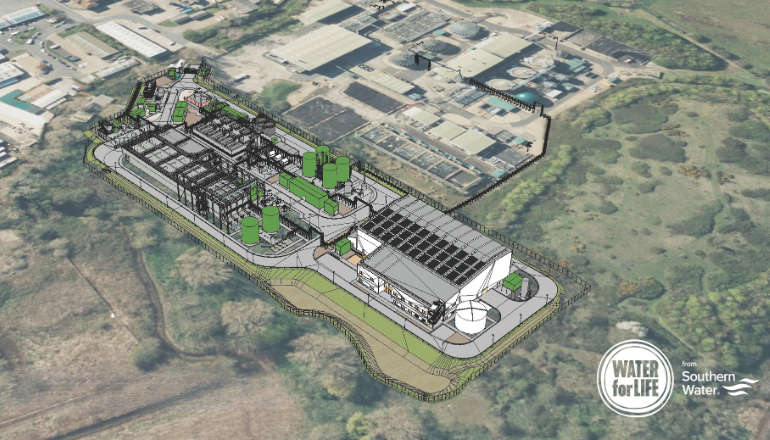 Island Views Sought On New Water Recycling Project
Island Views Sought On New Water Recycling Project
 RNLI Urges Public To Stay Safe As Storm Éowyn Hits UK
RNLI Urges Public To Stay Safe As Storm Éowyn Hits UK
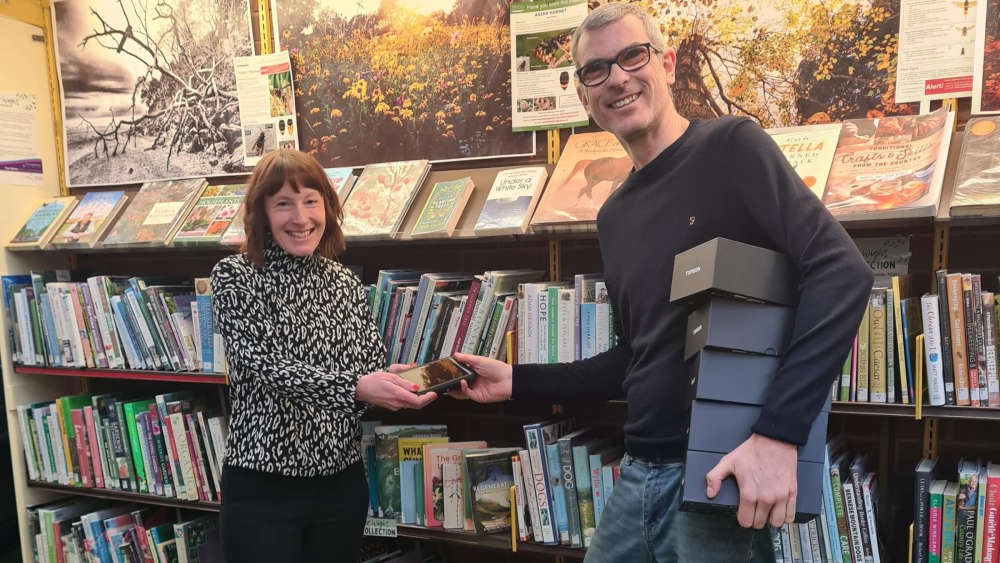 Borrow A Thermal Camera To Find Cold Spots In Your Home
Borrow A Thermal Camera To Find Cold Spots In Your Home
 Newport Sainsbury's Café Set To Close As Part Of Supermarket Cuts
Newport Sainsbury's Café Set To Close As Part Of Supermarket Cuts
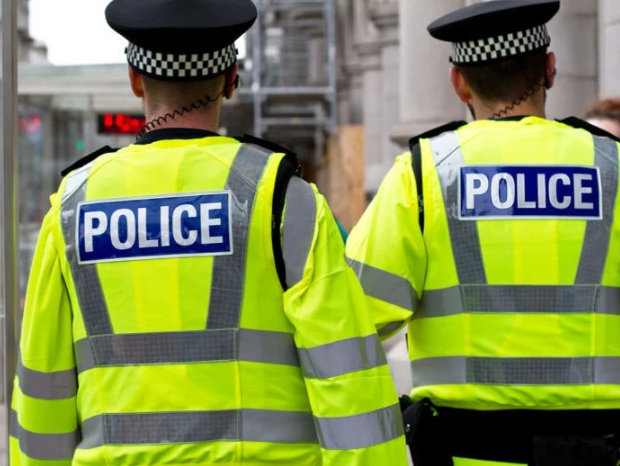 Three Men Charged In Connection With Sandown Hotel Burglary
Three Men Charged In Connection With Sandown Hotel Burglary
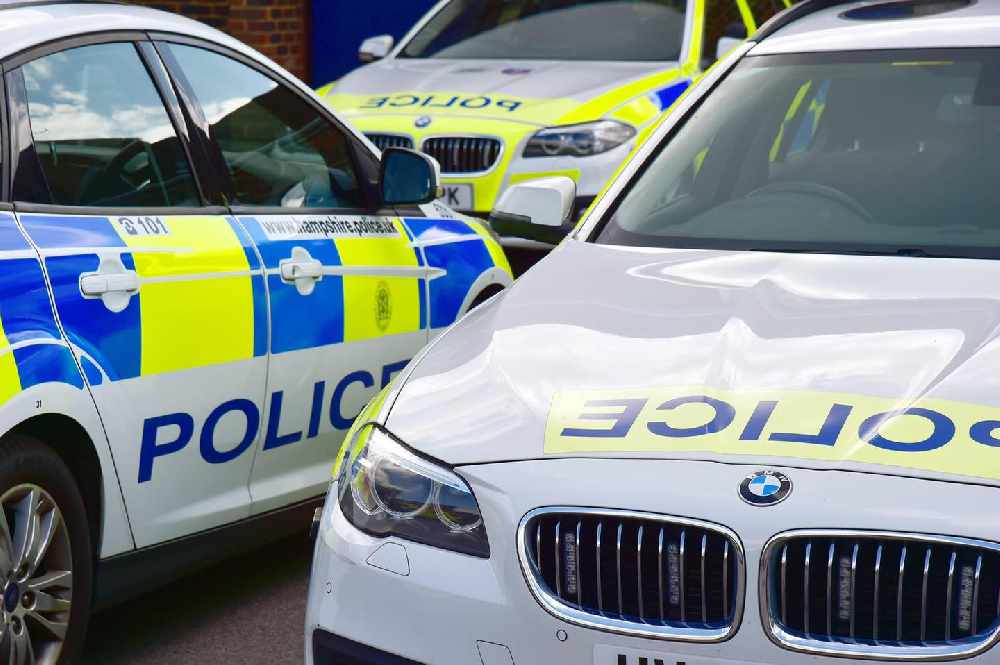 Four Arrested And Two In Hospital Following Newport Burglary
Four Arrested And Two In Hospital Following Newport Burglary
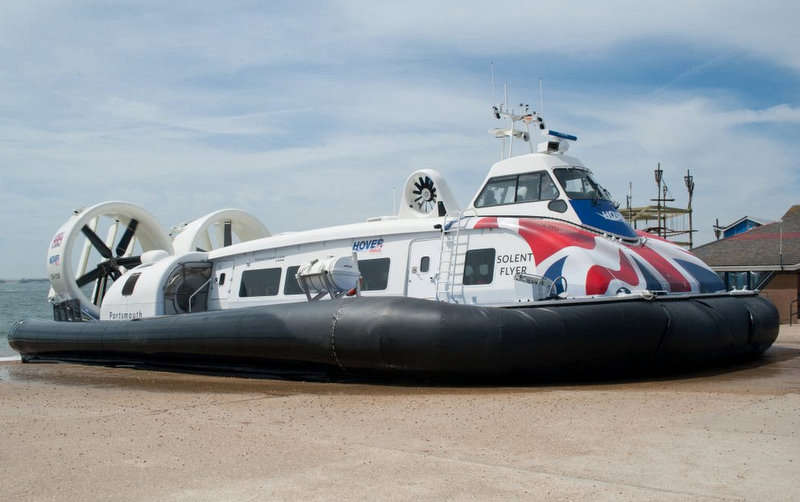 Hovertravel Set To Reduce Services Due To Financial Pressures
Hovertravel Set To Reduce Services Due To Financial Pressures
 Islanders Invited To Share Experience Of Cancer Treatment
Islanders Invited To Share Experience Of Cancer Treatment


